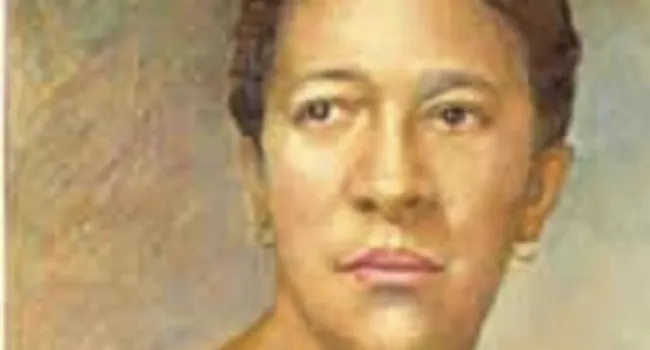Kaltura
Built between 1890 and 1895, this one-story cottage was home to Modjeska Monteith Simkins, considered "the Matriarch of Civil Rights activists of South Carolina," from 1932 until her death on April 5, 1992.
Standards
- 3-5 The student will demonstrate an understanding of the major developments in South Carolina in the late nineteenth and the twentieth century.
- 5-3 The student will demonstrate an understanding of major domestic and foreign developments that contributed to the United States becoming a world power.
- 8.4.CC Analyze continuities and change in the African American experience in the period of Reconstruction and Jim Crow eras within South Carolina.
- 5.4.CC Analyze the continuities and changes of race relations in the United States and South Carolina following the Supreme Court decisions of Briggs v. Elliott and Brown v. Board of Education.
- This indicator was designed to foster inquiry into the role of South Carolina in the Modern Civil Rights Movement, to include the influence of court cases such as Briggs v. Elliot and Flemming v. South Carolina Electric and Gas. This indicator was also developed to promote inquiry into the relationship between national leadership, protests, and events and South Carolina leadership, protests and events, such as the Friendship Nine and the Orangeburg Massacre.
- 8-7 The student will demonstrate an understanding of the impact on South Carolina of significant events of the late twentieth and early twenty-first centuries.
- 5-5 The student will demonstrate an understanding of the social, economic and political events that influenced the United States during the Cold War era.
- This indicator was developed to promote inquiry into how the lifestyles of those living in capitalist countries differed from those living in communist countries. This indicator was also designed to promote inquiry into how the rights of citizens differed in capitalist and communist countries.






